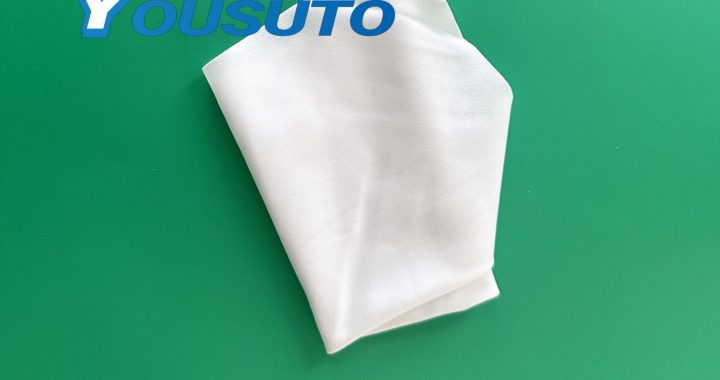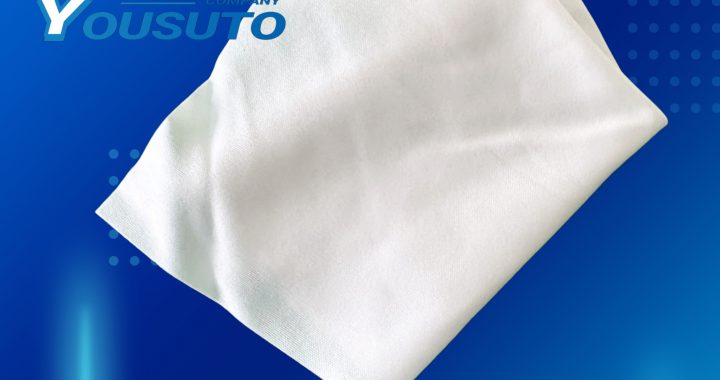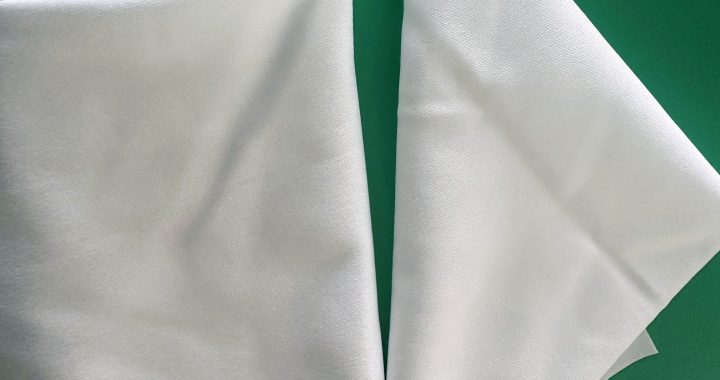Cleanroom wipes are essential for improving the cleaning efficiency of optical equipment in laboratory settings. These pre-saturated, lint-free wipes effectively remove dust, oils, and residues from delicate optical surfaces such as lenses, microscopes, and cameras. Their anti-static properties prevent electrostatic discharge (ESD) that could damage sensitive components. By using single-direction strokes, controlled pressure, and choosing the appropriate wipe size, these wipes ensure thorough, residue-free cleaning without damaging the equipment. The use of cleanroom wipes significantly reduces cleaning time, improves optical performance, and prolongs the lifespan of optical instruments, making them indispensable in Class 100–1000 cleanroom environments.
Key Features:
-
Lint-free and pre-saturated for efficient cleaning
-
Anti-static to prevent ESD damage
-
Safe for delicate optical equipment
-
Reduces cleaning time and improves equipment longevity
Application Scope:
-
Laboratory optical instrument maintenance
-
Microscopes, lenses, and cameras
-
Cleanroom environments (Class 100–1000)
-
High-precision optical equipment






